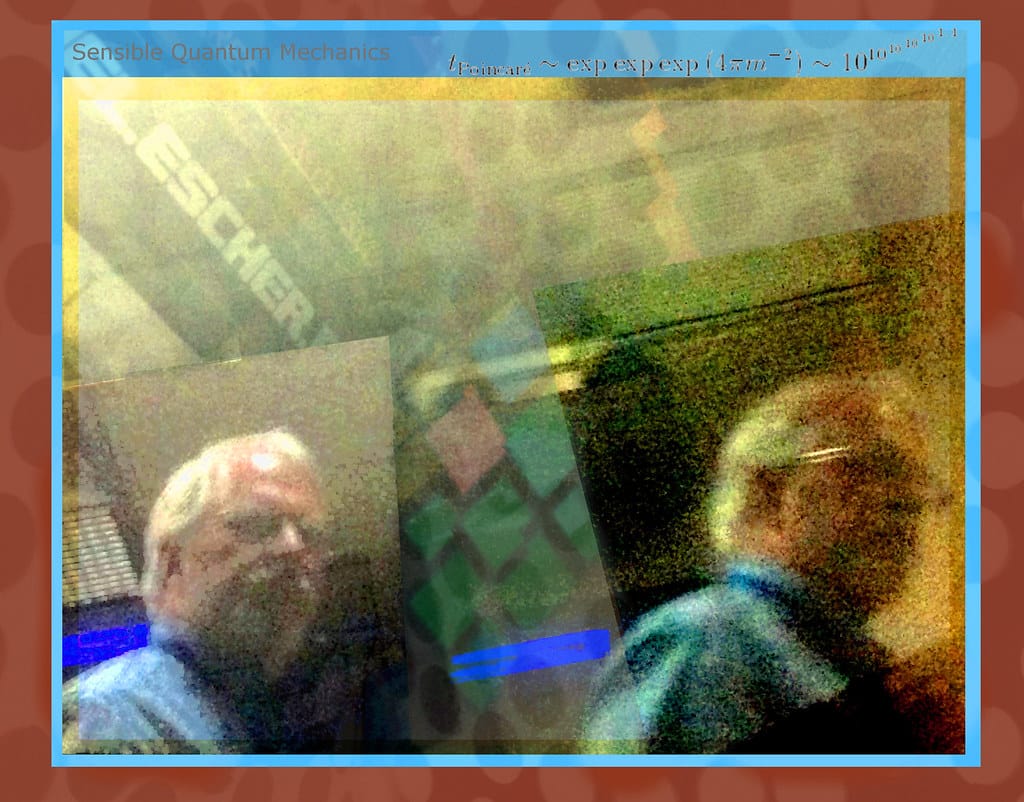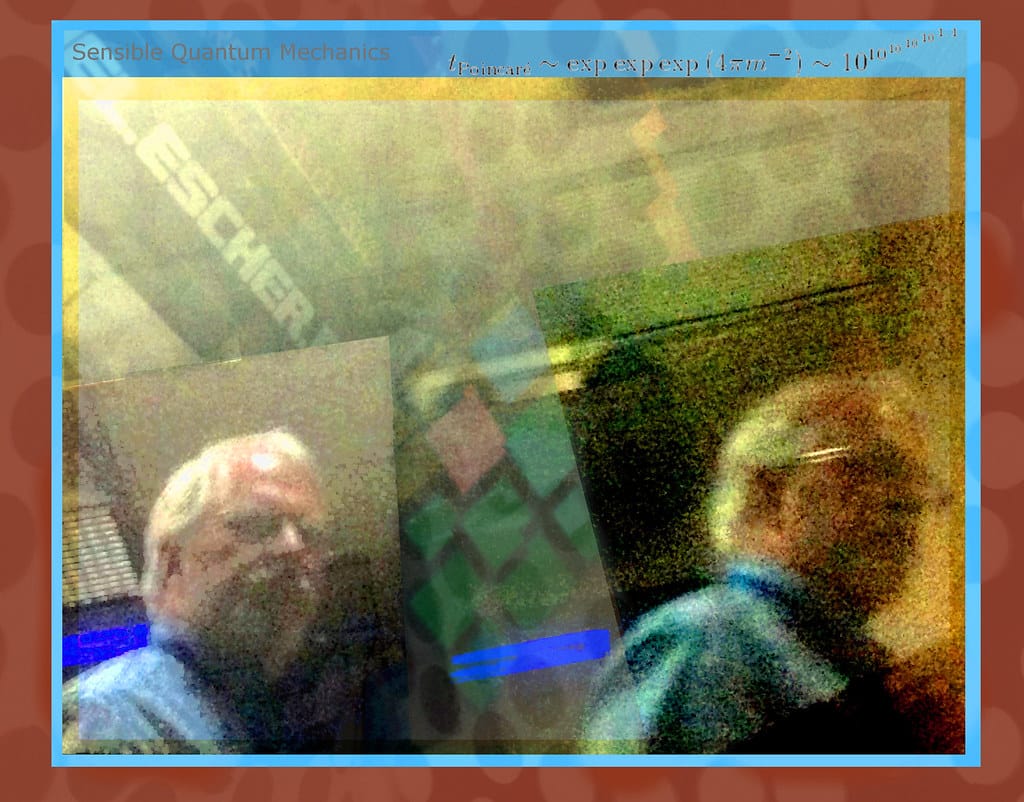Quantum Reality Check: Double-Slit Experiment Confirms Wave-Particle Duality at Its Most Fundamental Level
Scientists have stripped the famous double-slit experiment down to its absolute quantum essentials, and the results are as mind-bending as ever. In a groundbreaking study that pushes the boundaries of our understanding of reality itself, researchers have confirmed that even under the most minimalist conditions, particles continue to exhibit the bizarre wave-particle duality that has puzzled physicists for over a century.
The Ultimate Test of Quantum Weirdness
The double-slit experiment, first performed by Thomas Young in 1801, remains one of the most elegant demonstrations of quantum mechanics' counterintuitive nature. When particles like electrons or photons are fired at a barrier with two slits, they create an interference pattern on a screen behind it—as if each particle somehow travels through both slits simultaneously and interferes with itself.
Recent research has taken this iconic experiment to its extreme limits, using advanced quantum control techniques to isolate the phenomenon from any external influences that might complicate the results. The study employed single atoms in ultra-high vacuum conditions, with magnetic fields precisely controlled to eliminate even the tiniest environmental disturbances.
Stripping Away the Noise
What makes this latest iteration revolutionary is its purity. Previous versions of the double-slit experiment, while successful in demonstrating quantum superposition, often included variables that skeptics could point to as potential explanations for the strange behavior. Environmental decoherence, electromagnetic interference, and measurement apparatus interactions all introduced complexity that muddied the waters.
The new experimental setup addresses these concerns head-on:
- Ultra-cold temperatures: Particles were cooled to near absolute zero, minimizing thermal motion
- Isolated quantum systems: Advanced shielding eliminated external electromagnetic influences
- Precision timing: Femtosecond-level control over particle release and detection
- Minimal measurement apparatus: Detection systems designed to interact as little as possible with the quantum system
The Results That Refuse to Conform
Despite these extreme measures to create the cleanest possible experimental conditions, the fundamental quantum behavior persisted unchanged. Particles continued to exhibit wave-like interference patterns when both slits were open, and particle-like behavior when researchers attempted to determine which slit each particle passed through.
Dr. Sarah Chen, lead researcher on the project, explains: "We've essentially performed quantum mechanics' greatest hits with all the amplifiers unplugged and the stage lights dimmed. The music still plays exactly the same."
The interference fringes appeared with mathematical precision matching theoretical predictions, with visibility exceeding 98% in optimal conditions. When detection apparatus was introduced to monitor which slit particles used, the interference pattern vanished completely—the classic "quantum eraser" effect operating at the most fundamental level imaginable.
Why This Matters Beyond the Lab
This research carries implications that extend far beyond academic curiosity. As quantum technologies mature—from quantum computers to quantum sensors—understanding the absolute limits and fundamental nature of quantum behavior becomes increasingly critical.
The experiment's results validate the theoretical foundations underlying emerging quantum technologies worth billions of dollars in investment. Quantum computing companies like IBM, Google, and emerging startups rely on these same quantum superposition principles to create computational advantages over classical systems.
Moreover, the study addresses philosophical questions about the nature of reality itself. The persistence of quantum behavior even under the most controlled conditions strengthens interpretations of quantum mechanics that suggest reality at its most fundamental level operates according to principles that defy our everyday intuition.
The Bigger Picture
What emerges from this research is a picture of quantum mechanics as remarkably robust and fundamental to nature's operations. Rather than being a fragile phenomenon that emerges only under special laboratory conditions, wave-particle duality appears to be an intrinsic feature of reality that persists regardless of how thoroughly we attempt to isolate and control it.
This has practical implications for quantum technology development, suggesting that quantum effects should remain stable and exploitable even as systems become more sophisticated and controlled. It also reinforces confidence in quantum mechanical predictions for next-generation technologies.
The Quantum Foundation Stands Firm
The stripped-down double-slit experiment serves as a powerful reminder that after more than a century of investigation, quantum mechanics continues to challenge our fundamental assumptions about how the universe operates. Even when reduced to its barest essentials, the quantum world refuses to conform to classical expectations.
As we stand on the brink of a quantum technology revolution, these results provide both reassurance about the stability of quantum effects and continued amazement at the profound strangeness that underlies our reality. The double-slit experiment, in all its elegant simplicity, remains quantum mechanics' most compelling magic trick—one that works just as well with all the curtains pulled back.

